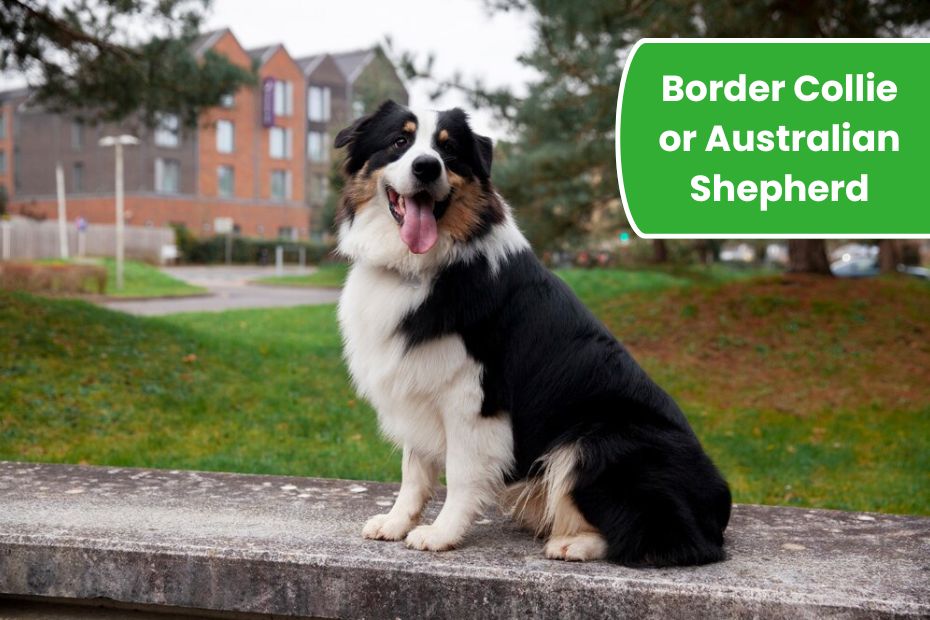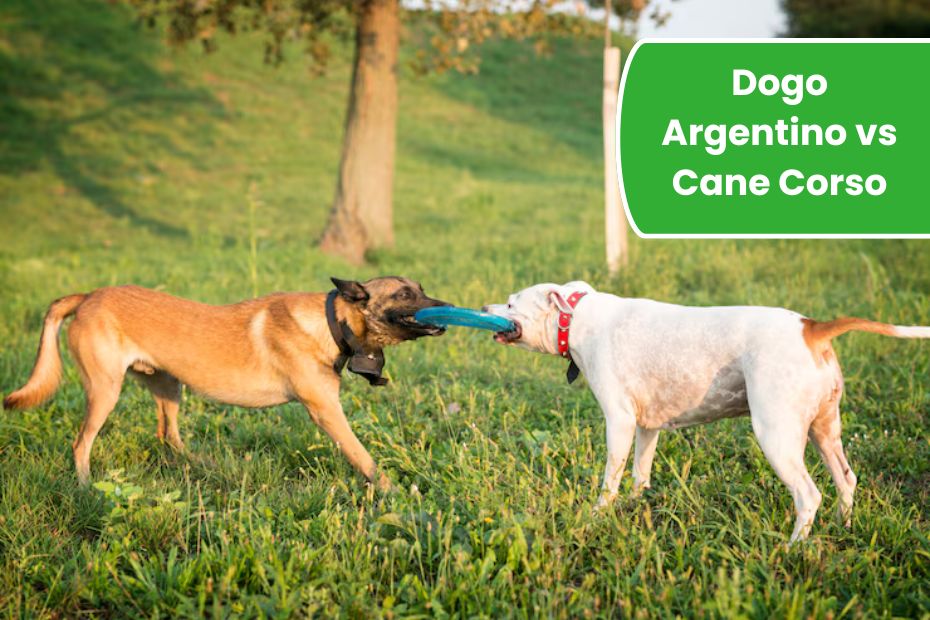Cocker Spaniels are beloved for their charming personalities and soulful eyes, making them a favorite among dog enthusiasts worldwide. Originating as skilled hunting dogs, these spaniels have evolved into distinct breeds: the English Cocker Spaniel (ECS) and the American Cocker Spaniel (ACS).
While they share a common heritage, their paths diverged due to differing breeding priorities in the UK and the US. Recognized as separate breeds by the American Kennel Club (AKC) in 1946, each has unique traits that set them apart.
This article delves into their history, physical differences, temperaments, grooming needs, health concerns, and suitability as pets, helping you decide which Cocker Spaniel is right for you. With insights from recent sources, we uncover surprising differences that make these breeds uniquely special.
Historical Background and Breed Evolution
The Cocker Spaniel’s history traces back to the 14th century, when spaniels were classified as water or land dogs, with the smaller ones named “Cocker” for hunting woodcock. By the 19th century, selective breeding in England refined the ECS as a versatile gun dog.
When Cocker Spaniels arrived in North America in the late 1800s, American breeders focused on creating a smaller, more elegant dog, blending them with Field Spaniels to produce the ACS.
By the 1920s, the two varieties were noticeably different, leading to the ECS being recognized as a separate breed in 1946. The ACS gained popularity in the US, boosted by cultural moments like Vice President Nixon’s “Checkers Speech” in 1952, while the ECS remained a favorite in the UK.
This divergence shaped their distinct appearances and roles, with the ACS leaning toward companionship and the ECS retaining its hunting prowess.
Physical Appearance: Spotting the Differences
Physically, English and American Cocker Spaniels are distinguishable by size, head shape, and coat. The ECS is taller, standing 15-17 inches and weighing 26-34 pounds, with a squarer, more athletic build suited for fieldwork.
In contrast, the ACS is smaller, at 14-15 inches and 20-30 pounds, with a longer-than-tall frame designed for elegance. The ECS has a flatter skull, longer muzzle, and almond-shaped eyes, giving a soft, alert expression.
The ACS boasts a domed skull, shorter muzzle, and rounder, forward-facing eyes, creating a puppy-like look. Coat differences are striking: the ACS has a longer, silkier coat with heavy feathering, while the ECS’s coat is shorter and less profuse, ideal for outdoor work.
Color variations include solid and parti-colors for both, but roan patterns are more common in ECS. These traits reflect their breeding for function versus aesthetics.
Temperament and Personality Traits
Both Cocker Spaniels are affectionate, intelligent, and eager to please, but their temperaments reflect their breeding purposes. The ECS is energetic, merry, and thrives on activity, with a stronger hunting instinct that makes it ideal for fieldwork or active families.
They’re confident, adaptable, and less prone to anxiety, but their high energy demands regular exercise to prevent boredom-related behaviors. The ACS, bred for companionship, is more laid-back, sensitive, and prone to separation anxiety if left alone too long.
They’re highly people-oriented, making them excellent therapy dogs, but they may bark more and require gentler handling. Both breeds are great with children and other pets when socialized, though the ECS’s prey drive may lead to chasing smaller animals.
Their shared “free and merry” demeanor, a breed standard, ensures they bring joy to any home, but their energy levels cater to different lifestyles.
Grooming Needs and Maintenance
Grooming requirements differ significantly between the two breeds due to their coat types. The ACS’s long, silky coat, with heavy feathering on the legs, ears, and chest, demands daily brushing to prevent matting and regular professional grooming for show-quality trims.
Their fine fur absorbs moisture, making drying after wet conditions a chore. The ECS, with its shorter, less profuse coat, requires weekly brushing to keep it knot-free and occasional tidying of longer fur around the feet and ears.
Both breeds need daily ear inspections due to their pendulous ears, which trap dirt and moisture, risking infections. The ECS’s coat repels water better, suiting its fieldwork origins, while the ACS’s luxurious coat is a show-ring asset but high-maintenance.
Regular nail clipping and dental care are essential for both to maintain overall health, but the ACS’s grooming is notably more time-intensive.
Health Concerns and Lifespan
Both Cocker Spaniels face similar health challenges, but some conditions are breed-specific. The ECS has a longer lifespan, averaging 12-15 years, compared to the ACS’s 10-14 years, often closer to 10-11.
Common issues for both include ear infections due to floppy ears, progressive retinal atrophy, cataracts, and hip dysplasia. The ECS is prone to adult-onset neuropathy, a rare condition causing progressive limb weakness, while the ACS may face breathing difficulties from its shorter muzzle.
Skin allergies, heart murmurs, and autoimmune diseases also affect both breeds. Regular vet checkups, a balanced diet, and proper ear cleaning can mitigate risks. Choosing a reputable breeder who tests for genetic conditions is crucial to ensure a healthy puppy.
While the ECS’s robust build may contribute to its longer life, both breeds require attentive care to thrive, with pet insurance recommended to manage potential health costs.
Training and Exercise Requirements
Training and exercise needs reflect the breeds’ differing energy levels and instincts. The ECS, bred for hunting, is highly intelligent and responsive but easily distracted by scents or people, requiring focused, positive-reinforcement training.
They need at least an hour of daily exercise, including runs, walks, or fieldwork, to satisfy their high energy and prevent behavioral issues like chewing or digging. The ACS, while also intelligent, is more companion-focused and slightly easier to train due to its eagerness to please and lower prey drive.
They require 30-45 minutes of daily activity, such as walks or playtime, and excel in agility or therapy work. Both breeds respond poorly to harsh training methods, which can cause fearfulness, especially in the sensitive ACS. Early socialization is vital for both to ensure they’re well-mannered, but the ECS demands more mental stimulation to stay content.
Suitability as Family Pets
Both Cocker Spaniels make excellent family pets, but their suitability depends on lifestyle. The ECS is ideal for active households with time for outdoor adventures, as their high energy and hunting instincts thrive in environments with ample exercise and mental stimulation.
They’re great with kids and other pets if socialized but may chase small animals due to their prey drive. The ACS suits urban or less active families, adapting well to smaller spaces and requiring less exercise.
Their gentle, affectionate nature makes them perfect for homes with young children or seniors, and they’re less likely to wander off chasing scents. However, their separation anxiety means they need constant companionship.
Both breeds are loyal and loving, but the ECS requires more commitment to activity, while the ACS fits a more relaxed, home-centric lifestyle. Choosing depends on your ability to meet their exercise and emotional needs.
Comparison: English vs. American Cocker Spaniel
| Feature | English Cocker Spaniel | American Cocker Spaniel |
|---|---|---|
| Size | 15-17 inches, 26-34 lbs | 14-15 inches, 20-30 lbs |
| Head Shape | Flatter skull, longer muzzle | Domed skull, shorter muzzle |
| Eyes | Almond-shaped, wide-set | Round, forward-facing |
| Coat | Shorter, less feathering, water-repellent | Longer, silky, heavy feathering, moisture-absorbent |
| Temperament | Energetic, confident, strong hunting instinct | Laid-back, sensitive, companion-focused |
| Exercise Needs | 1+ hour daily, high-energy activities | 30-45 minutes daily, moderate activities |
| Grooming | Weekly brushing, daily ear checks | Daily brushing, frequent professional grooming |
| Lifespan | 12-15 years | 10-14 years |
| Health Concerns | Ear infections, neuropathy, hip dysplasia | Ear infections, breathing issues, cataracts |
This table summarizes key differences, helping you compare the breeds at a glance.
Choosing the Right Cocker Spaniel for You
Deciding between an English and American Cocker Spaniel hinges on your lifestyle and preferences. If you’re an active individual or family with time for daily outdoor activities, the ECS’s athleticism and enthusiasm make it a great match. Its hunting instincts and robust build suit rural settings or homes with yards.
Conversely, the ACS is perfect for those seeking a low-maintenance companion for urban living or a less active lifestyle. Its compact size and affectionate nature fit apartments or homes with young kids or seniors.
Consider grooming commitment—the ACS requires more time and expense. Health risks and lifespan also matter; the ECS may live longer but needs vigilant care for conditions like neuropathy. Visiting breeders or meeting both breeds at AKC events can help you gauge their personalities.
Ultimately, both offer love and loyalty, but aligning their needs with your routine ensures a happy partnership.
Cultural Impact and Popularity
Cocker Spaniels have left a lasting mark on popular culture, with the ACS particularly iconic in the US. The 1955 Disney film Lady and the Tramp immortalized the ACS’s soulful eyes and silky ears, boosting its fame.
The breed’s popularity peaked in the 1940s and 1980s, when it was America’s top dog, partly due to figures like Richard Nixon, whose ACS, Checkers, starred in a famous 1952 speech. The ECS, while less common in the US, dominates in the UK, where it’s simply called the Cocker Spaniel and ranks among the most popular breeds.
Recent AKC data shows the ACS at 29th and the ECS at 39th in US registrations, reflecting growing ECS interest. Both breeds shine in dog shows, with ACS winning Westminster’s Best in Show four times and ECS claiming Crufts in 2017. Their charm continues to captivate globally.
Tips for Prospective Owners
Before bringing a Cocker Spaniel home, research reputable breeders through the AKC or breed clubs like the English Cocker Spaniel Club of America to ensure healthy, well-socialized puppies. Avoid puppy mills, which prioritize profit over health.
Prepare for grooming costs, especially for the ACS, and budget for pet insurance to cover potential health issues. Create a routine that includes exercise, training, and ear cleaning to keep your Cocker happy and healthy.
Socialize puppies early to foster their friendly nature, and use positive reinforcement for training. For ECS owners, provide ample outdoor space or access to parks to satisfy their energy. ACS owners should focus on companionship to prevent separation anxiety.
Engage with online communities or local breed clubs for support and advice. Whether you choose an ECS or ACS, their loyalty and affection will enrich your life, making the effort worthwhile.
FAQ’s
What is the main difference between English and American Cocker Spaniels?
The primary differences lie in size, appearance, and temperament. English Cocker Spaniels are larger, with a squarer build, longer muzzle, and shorter coat, suited for fieldwork. American Cocker Spaniels are smaller, with a domed head, shorter muzzle, and silkier coat, bred for companionship and show.
Which Cocker Spaniel is better for families with children?
Both are great with kids when socialized, but the American Cocker Spaniel’s gentler, less energetic nature makes it slightly better for homes with young children. The English Cocker Spaniel suits active families who can meet its higher exercise needs.
How often should I groom my Cocker Spaniel?
American Cocker Spaniels need daily brushing and professional grooming every 4-6 weeks due to their long, silky coats. English Cocker Spaniels require weekly brushing and occasional trimming, with daily ear checks for both to prevent infections.
| Home Page | Click Here |
| Dog Breeds | Click Here |


